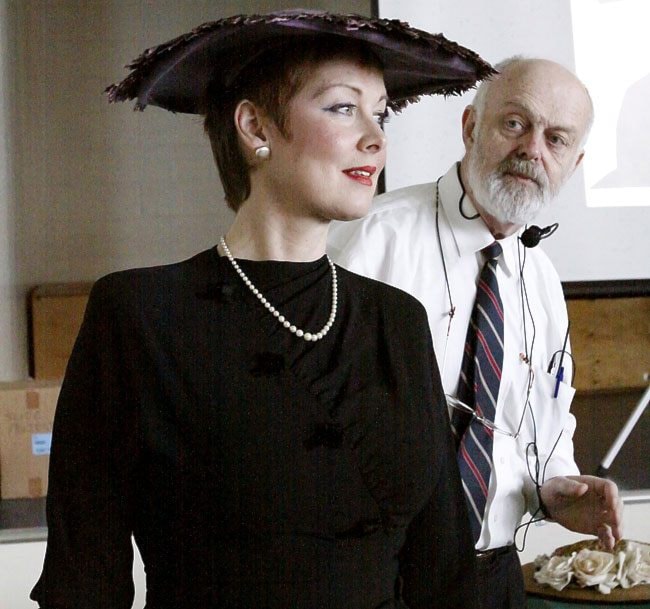Tim Cant’s troubles started three years ago when he felt a twinge in his back. “I thought I had slipped a disc,” he recalls.
If only. When the Whitehorse resident saw a doctor, he learned that the backache was the onset of multiple sclerosis.
It was just the start of symptoms Cant, 51, would experience as the degenerative disease spread.
Today he walks with a limp. “My right foot doesn’t lift up by itself,” he said. He sometimes wears a leg brace.
That’s tough for an avid outdoorsman. Gone are the days when he could hike the Chilkoot Pass. “Now there are days when it’s hard to walk to the vehicle,” he said.
And he often feels tired. The fatigue comes in waves. “It can hit you hour by hour differently. Sometimes you walk with a limp but you have energy. The next, you just want to climb into bed. It’s not pretty.”
He’s tried different medications. None have done much to slow the spread of the disease.
So Cant will fly from Vancouver to Bangladore, India, on May 30 to undertake a controversial operation known as the “liberation treatment,” pioneered by Italian researcher Paolo Zamboni.
To many MS patients such as Cant, the deluge of media reports on the treatment since November has created high hopes that the disease’s ravages could halt with an operation as simple as an angioplasty.
Many doctors are urging caution. They note that Zamboni’s research has yet to meet the standards of medical science: his study has yet to be independently replicated, and the original small sample of patients included no control group to distinguish whether patients’ improvements resulted from the surgery, or simply from positive expectations, otherwise known as the placebo effect.
“There’s no guarantee,” said Cant. “But it’s the best damn thing I got going on right now. There’s nothing else.”
Why India? The treatment is being offered in the United States and Europe, but patients face waits of at least 18 months.
The trip won’t be cheap. Costs are expected to total $25,000.
Cant and his wife were preparing to re-mortgage their home when they heard family and friends had set out to raise the funds for them.
“I was shocked,” Cant recalls feeling when he heard about the efforts. “I really want to thank them.”
A fundraising event will be held Thursday night at the Mount McIntyre Recreation Centre, starting at 6 p.m. The evening includes a silent auction and performances by the Dakwakada Dancers, Kevin Barr and the popular fiddler Dennis Allen.
Organizers welcome donations for the auction, which can be dropped off at the Champagne and Aishihik First Nations office on Jarvis Street in Whitehorse.
Zamboni’s treatment is based on a radical premise. In a break from longstanding medical understanding, which views MS as an autoimmune disease, he postulates the disease is caused be malformed or clogged arteries that prevent blood from properly draining from the brain.
This blood backlog creates iron deposits in the brain, which in turn produces the symptoms of the disease, according to the theory. Zamboni’s operation repairs these arteries by inflating a tiny balloon inside of them.
While Zamboni’s treatment appears to have succeeded in halting the spread of symptoms in patients, it’s unable to undo the more serious brain and nerve damage produced by the disease during its later stages.
Earlier this month, Canadians with multiple sclerosis held rallies across the country to call on the government to allow Zamboni’s operation in Canada and to insure the operation under provincial and territorial health plans.
Cant understands it will take several years to conduct rigorous scientific tests on Zamboni’s theory. He also believes that he and many others don’t have the luxury of waiting that long.
“It’s like someone’s in a boat with all these life preservers, and in the water, all these people are drowning. ‘I’m sorry, I can’t throw you these life preservers until we study they work. That may take three or four years. Until then, good luck.’ That’s what’s happening right now.
“I’d rather take the chance. There’s nothing else out there right now that’s close to what this is offering.”
For information on the fundraising efforts, call Marion Primozic at 456-6889.
Contact John Thompson at johnt@yukon-news.com.
